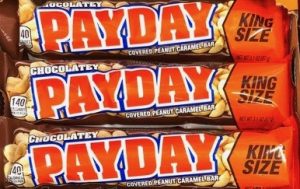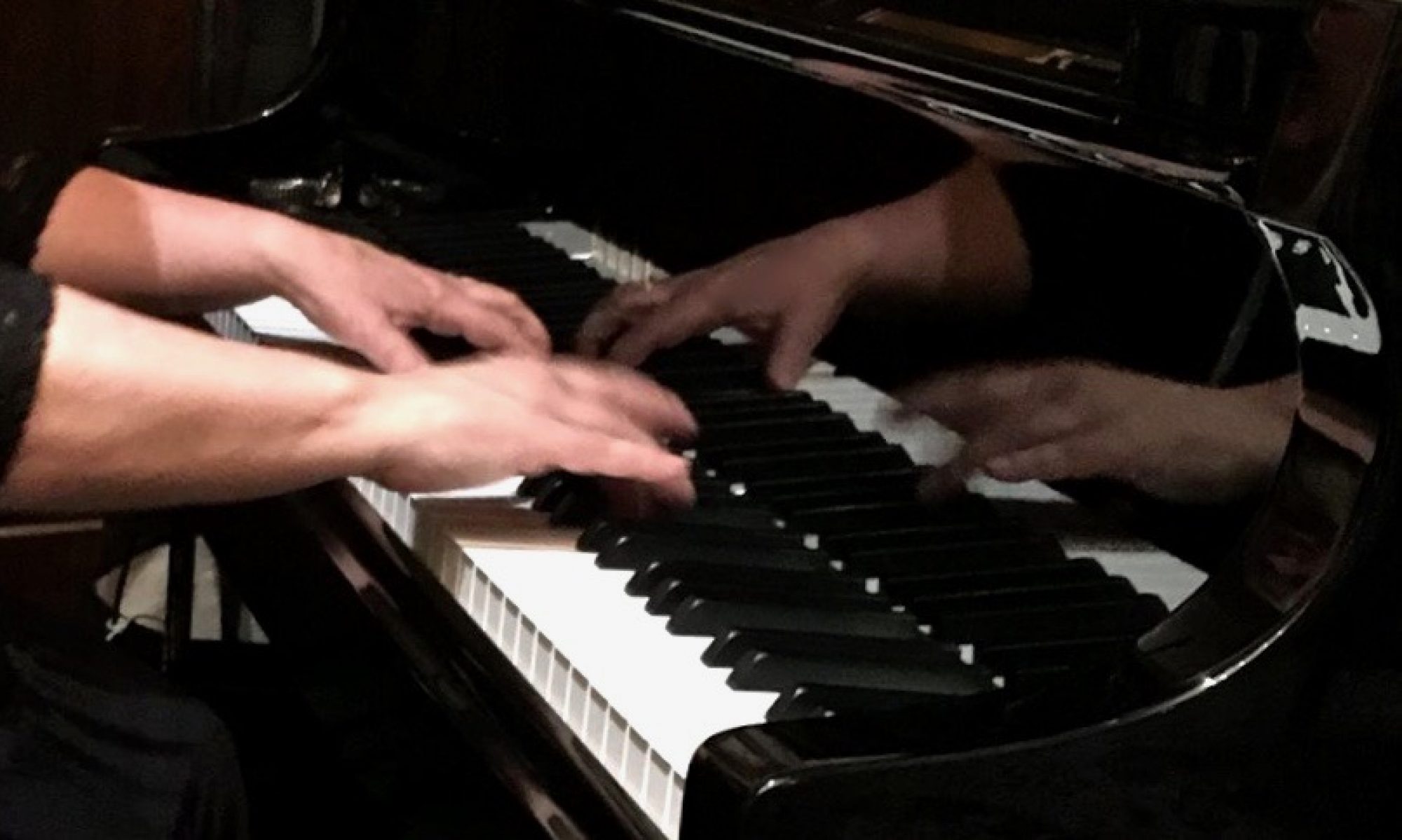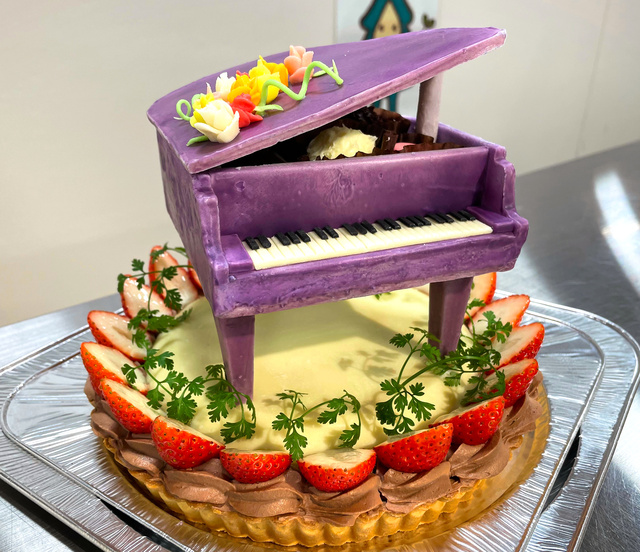Piano Teachers: Want to play a fun new game that builds your student’s performance skills and practical knowledge of important music concepts? Try Music Game #3: Playtime For Traditional Piano Teacher/Student, designed for classical piano teachers with younger intermediate-level private students in mind. This game includes several practical ideas which pianists in the real world are expected to know, but often get overlooked during traditional music lessons. (The preceding 2 articles – Music Game #2 : “Happy Memories Retirement Home” and Music Game #1: “TipJar” – are games geared for high school-aged through older adult music students who have acquired more of a jazz/pop repertoire.)
In order to play any of these games, the student will need about a dozen pieces they can play reasonably well, either with or without the music. This particular version could be beneficial if the student knows some basic music theory – key signatures for example – and terms used in classical music (tempo and expression markings). If not, this game would be a good vehicle to teach those concepts with teacher assisting as the student plays along. Remember to keep things playful, light and fun! Having handy access to notebooks, sheet music or a music book is fine too. Teachers will want to keep in mind the pieces each private student has studied in order to ask for appropriate “requests”. This helps ensure the most enjoyment from the game!
During Game #3 the student pretends they are a paid actor playing the part of a pianist on a movie set, or filming a short TikTok video. Let’s pretend the student/actor gets a salary just for being on time acting the part, but may earn extra incentives/rewards for playing the piano convincingly well. The music teacher acts as the movie/video director and tells the student/actor to play certain requests. The actor earns virtual “candy” or “stickers” if they play the director’s request. (Teachers can hand out real candy or stickers at their discretion of course, but just don’t offer to pay the child’s dental bills in case they score really high!)

10 Pieces of “Candy” are earned if actor/pianist plays the director’s request all the way through without restarting, making excuses or apologizing. Plus actior/pianist must display an attitude of confidence – even when they make a few mistakes.

5 “Stickers” earned for attempting to play the request, but the result showed obvious struggles needing much more rehearsal and practice.
0 rewards earned for refusing to even attempt the directed request unless they promise to have it ready by next week’s lesson, in which case the teacher can give them 1 “sticker” for a sincere promise! When lesson time is up, the teacher/director totals the number of rewards, compares them with a potential 100% score of earnings. (For example, if there were 5 directions given during the half hour lesson, the highest possible score would be 50 “pieces of candy”. If the student earned 30 pieces of candy and 11 stickers they could keep trying to raise their score during future lessons.)
Below is a list of possible requests the teacher could ask of their student, depending on what they’ve learned during their lessons. I’ve included some very practical suggestions traditional piano teachers don’t normally teach, but are poplular requests in the real world: Playing for dancing, weddings, accompanying singers, keeping time to a steady beat for group practice, improvising to fill time, picking out a beloved hymn by ear, and the most popular song request that earns nice tips: Happy Birthday to You!
- Play music by a specific composer (Debussy? Chopin? Beethoven?)
- Play something in a minor key
- Play in a specified key of director’s choosing: This may include a scale, chord exercise, or piece of music in a key other than C major
- Play the newest or most recent tune you’ve learned
- Play the oldest tune you can think of (This may be the first piano piece ever learned, or something that was composed long ago)
- Play a music piece in 4/4 time (Moderato or medium tempo)
- Play a tune in 3/4 , 6/8 or changing tempo & meter (Chopin Waltz? Gigue?)
- Play a very slow tune (Largo, Andante, ballad tempo)
- Play the quickest tempo you can handle (Allegretto, Presto, Vivace,)
- Play music written for dance (March, Tango, or Tchaikovsky ballet selection?)
- Play a sad song, or a tune that evokes emotional release
- Play Happy Birthday To You (Key of “F“- roll a C7 arpeggio to give 1st pitch)
- Play a tune from a specific era (Baroque, Classical, Romantic, Impressionistic)
- Play the piano accompaniment to a Song (Shubert Lieder, Italian Art Song, Great American Songbook classic tune)
- Play a tune that has a key change (This could be a piece in Sonata Form or a 32 bar standard AABA piece that goes to a new key at the bridge)
- Play a tune with no more than 3 chords (Afro Cuban Montuno, early Mozart, Country tune, Children’s Song or a 12 Bar Blues)
- Pick out the melody to Amazing Grace by ear on just the black keys
- Improvise using just the black keys (you can’t go wrong with those 5 notes)
- Play a tune suitable for a wedding
- Play a piece in time to a metronome or with a play-along track
Do you have any to add to this list? Please reply in the comments below!
Find music video tutorials here: https://www.youtube.com/c/DebbieDenke

